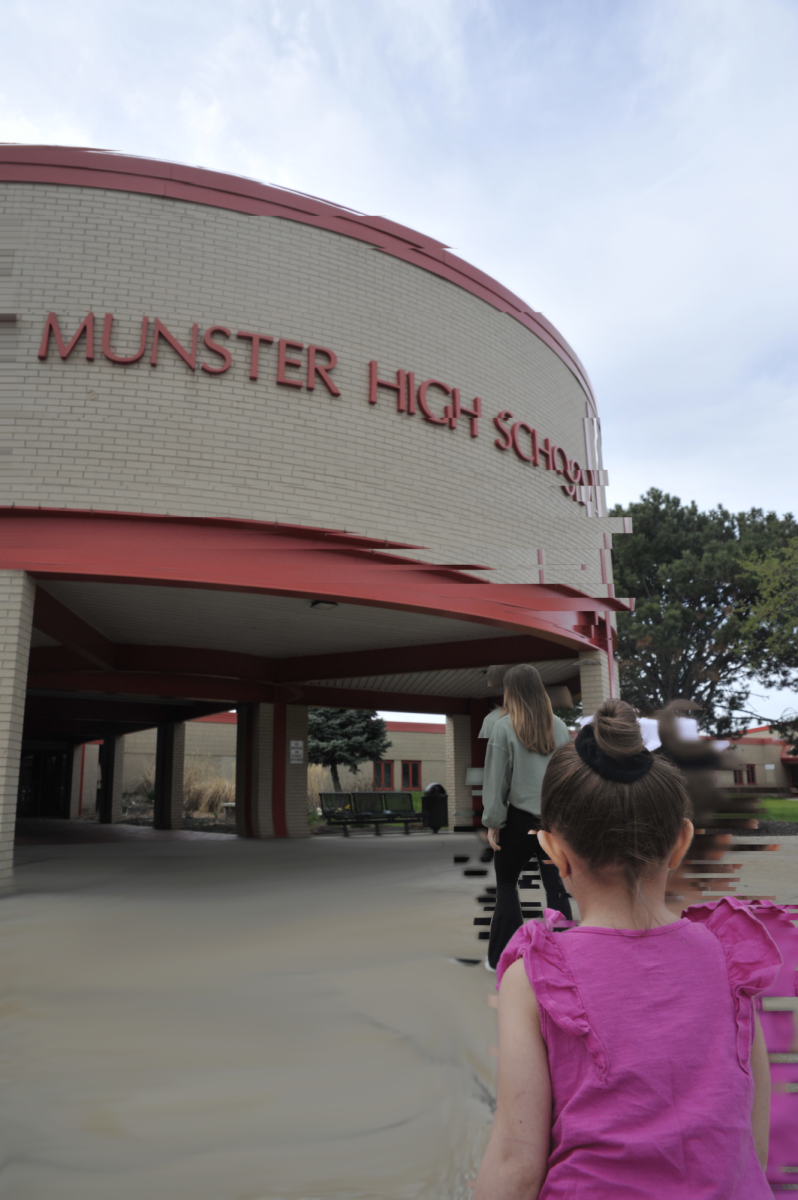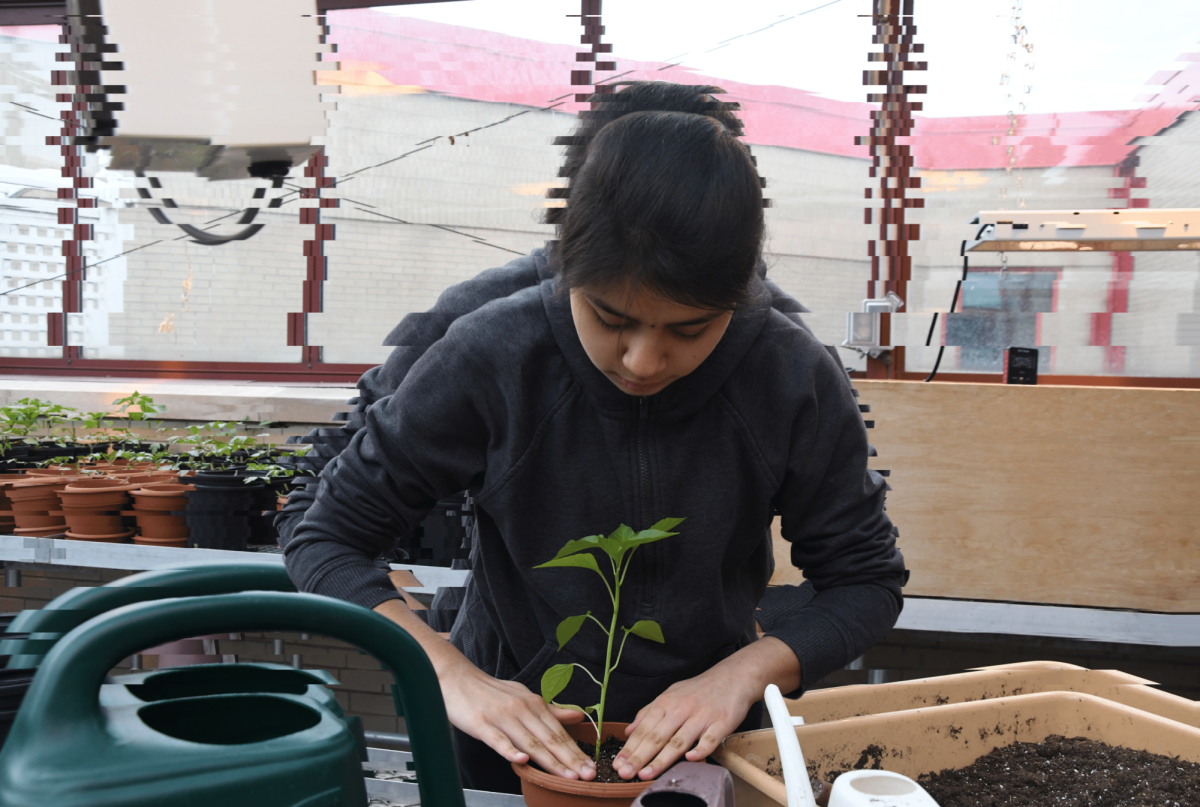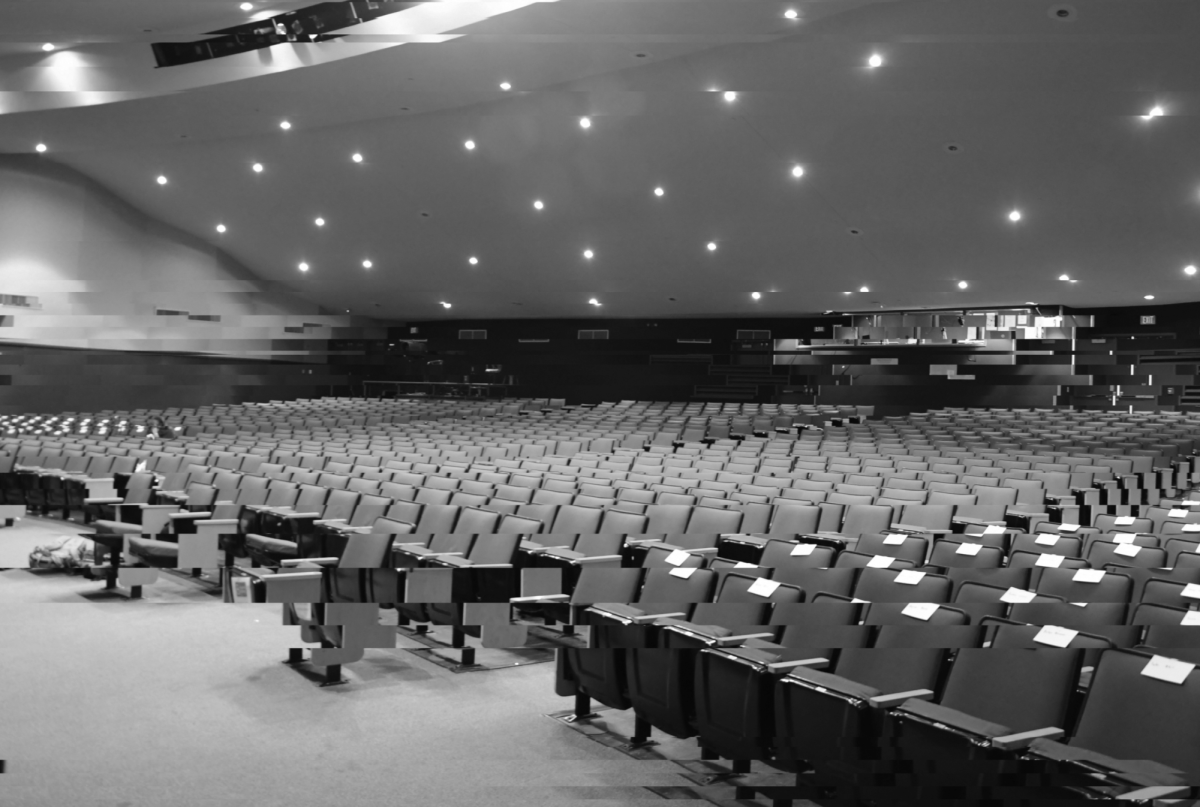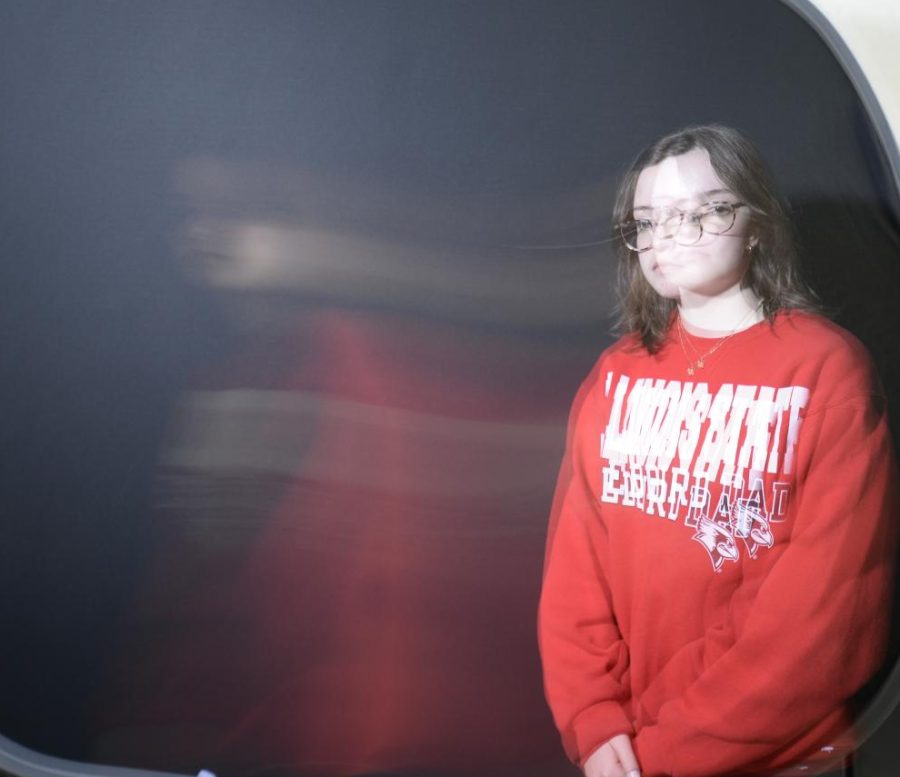While this year’s presentation of the rules of the school came with significantly less booing than the year before, one change left the auditorium in an uproar: the new attendance policy for school dances.
The new attendance policy raises the stipulation that students with below a 90% attendance rate, whether excused or unexcused, will be unable to attend any of the high school dances. Namely, if a student is to miss three days of school before September 21, they are barred from attending their Homecoming dance.
Administration has grappled the reins due to new policies across Indiana states, emphasizing that school funding will be determined by the school’s attendance rates. It is a valid concern, considering how funding is needed to improve the school and pay its teachers. But there is a line where the cost to the students becomes too much, and this new rule is toeing it.
Students fall unwell. Students have family emergencies. And, of course, between the strain of schoolwork and the value of mental health, students want to take days off for their own well-being.
As we near Homecoming season, the main dilemma comes to light. How is a policy that prioritizes funding over a student’s well-being worth the sacrifice of sacramental traditions to their high school experience? The question poses if the prioritization of students in the classroom is more important than the condition of its students.
As it stands, punishing students for things out of their control only presents the school as a place that is not safe for students and their needs. And during a season meant to display school spirit and pride, that rift is only more evident. It is understandable that the school wants to use incentives to keep attendance up. But punishing students in this regard is not the way to do it.

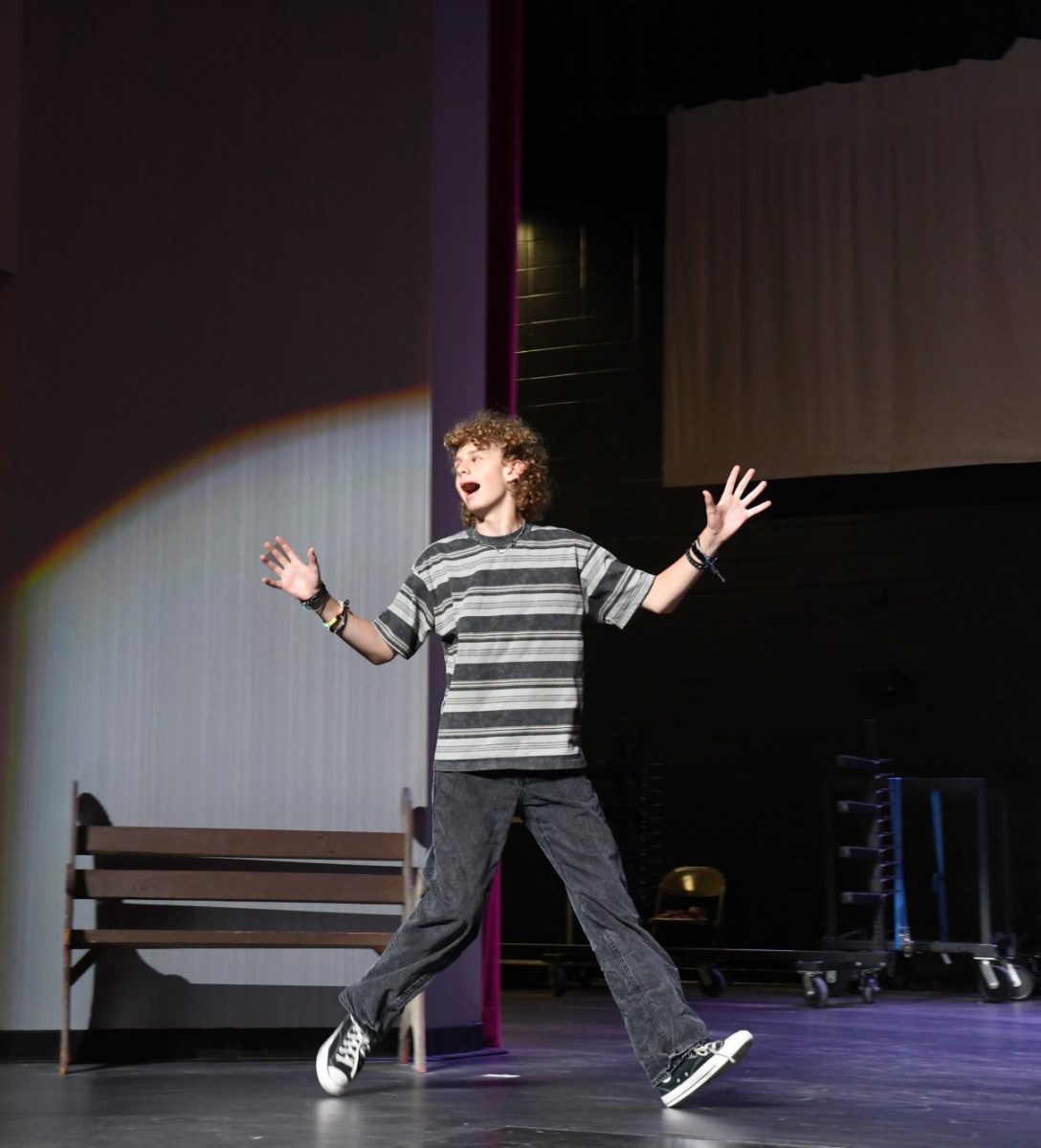



















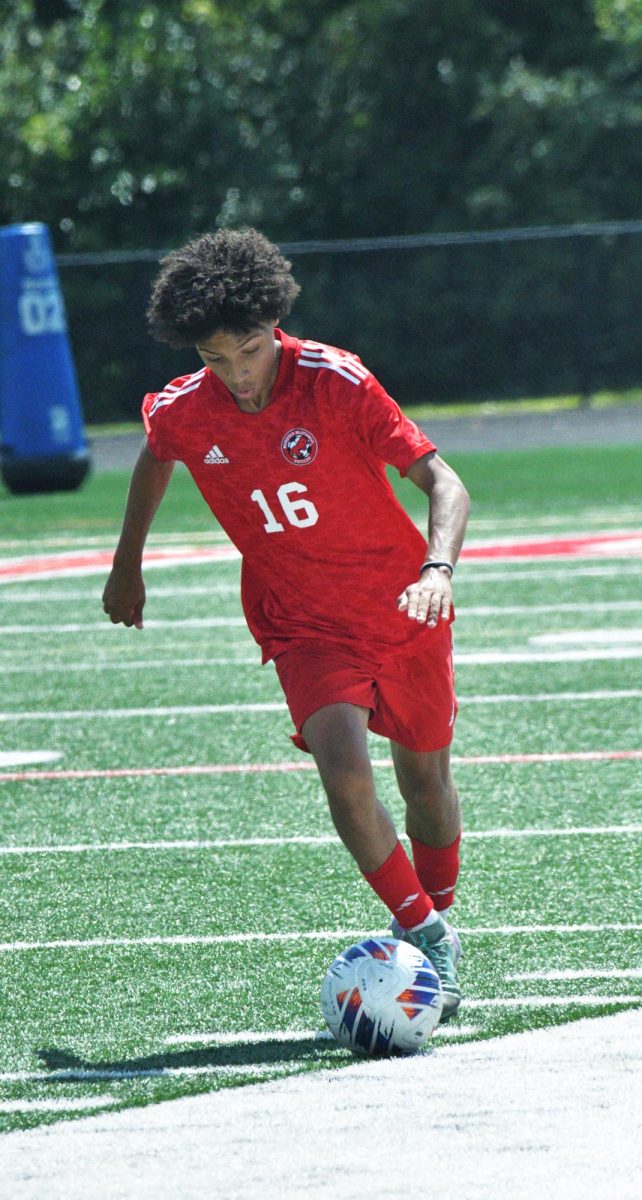
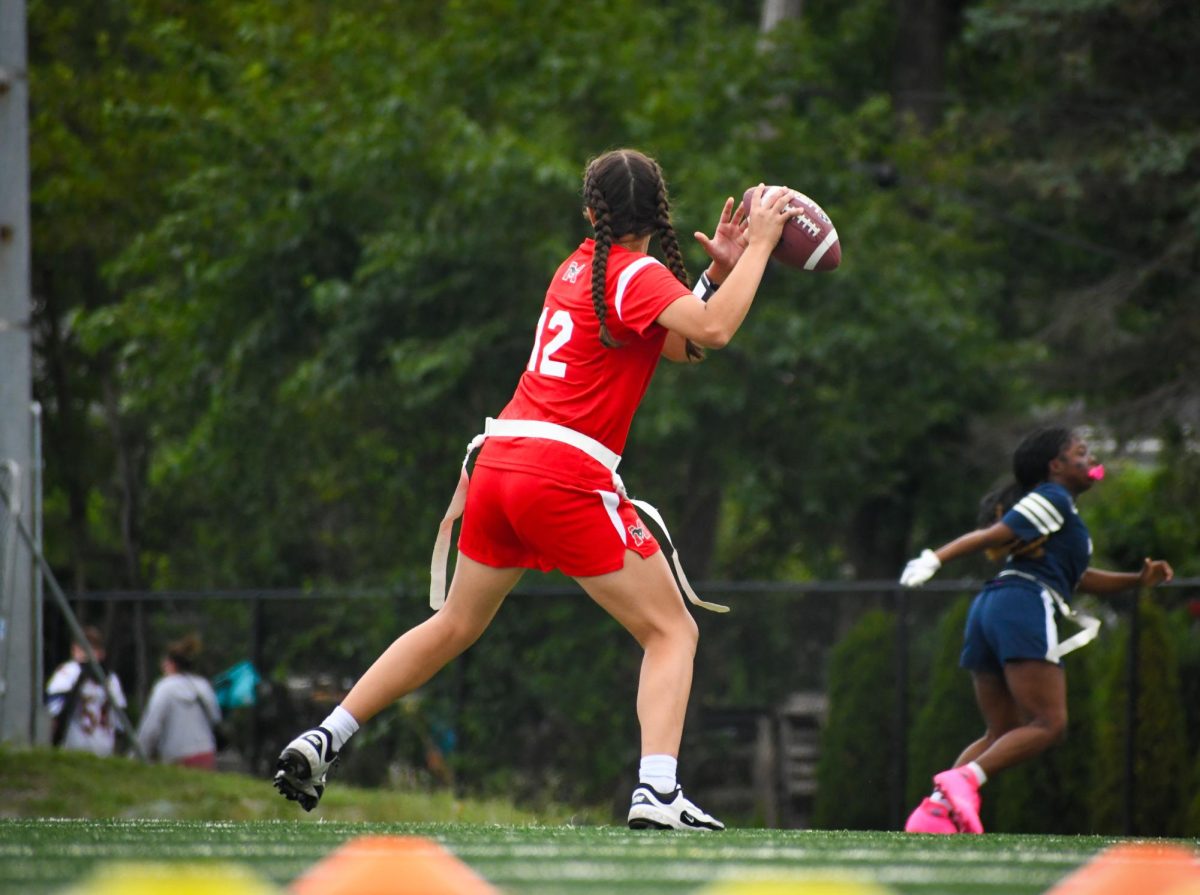
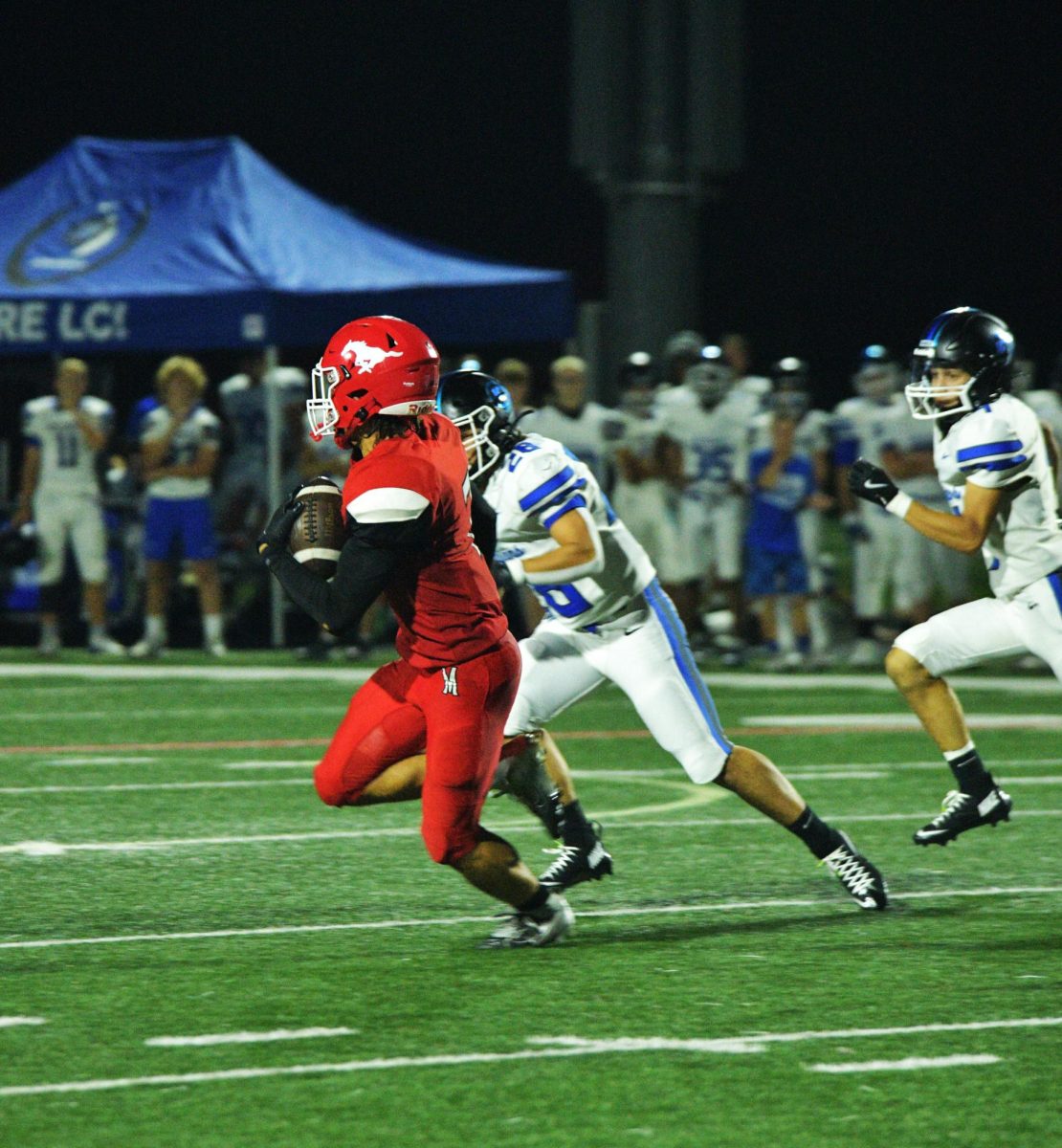
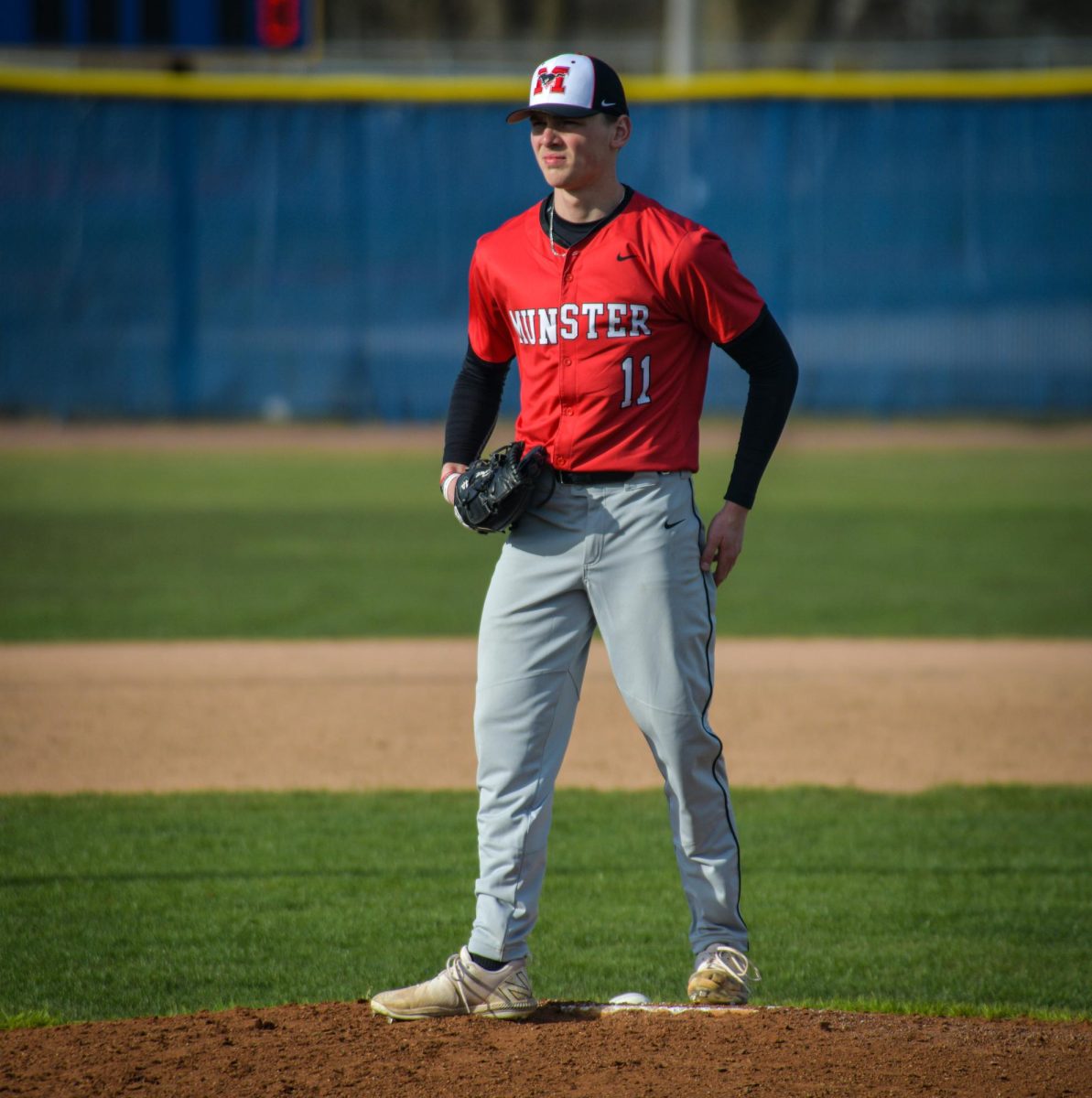

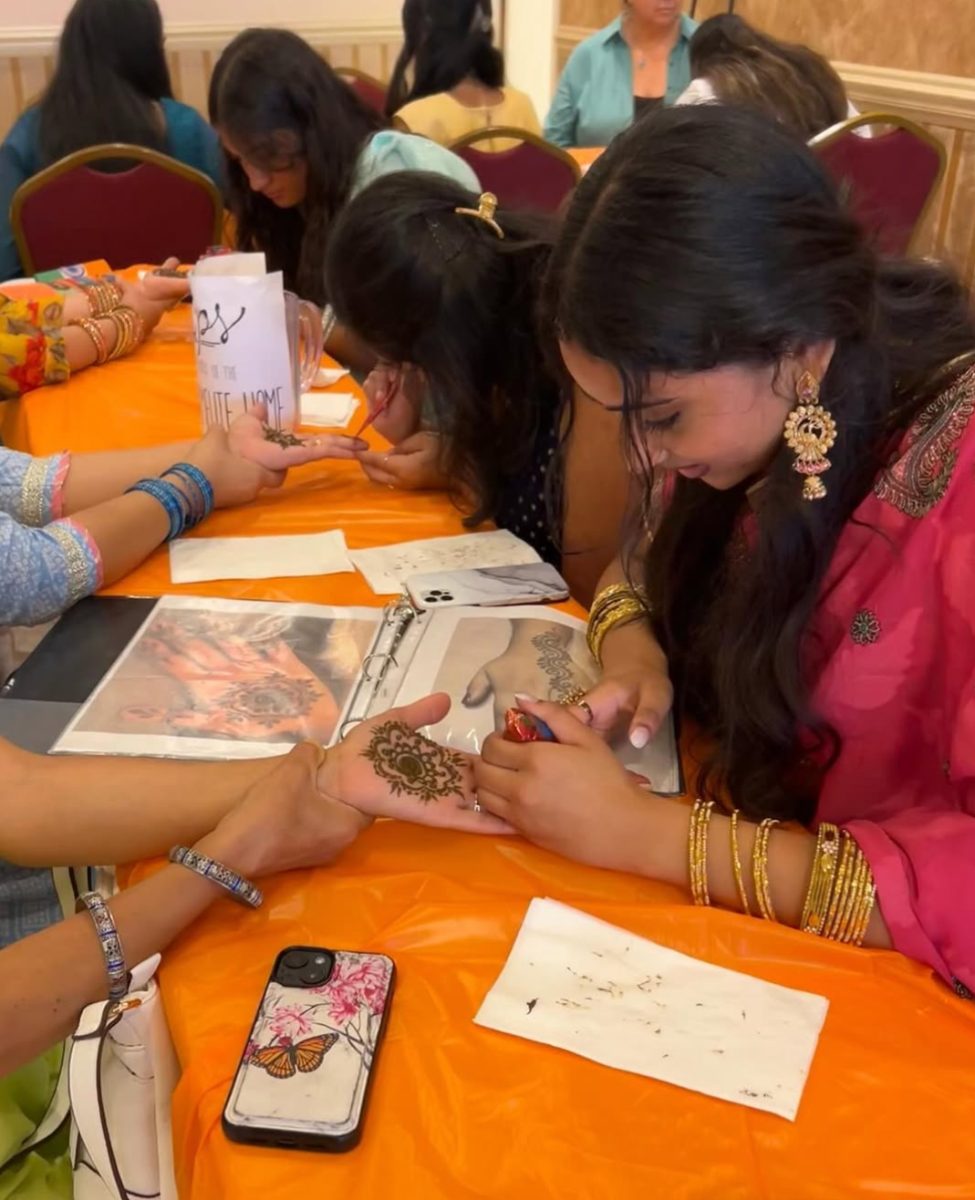




![SNAP HAPPY Recording on a GoPro for social media, senior Sam Mellon has recently started a weekly sports podcast. “[Senior] Brendan Feeney and I have been talking about doing a sports podcast forever. We love talking about sports and we just grabbed [senior] Will Hanas and went along with it,” Mellon said.](https://mhsnews.net/wp-content/uploads/2025/04/sam-892x1200.png)

